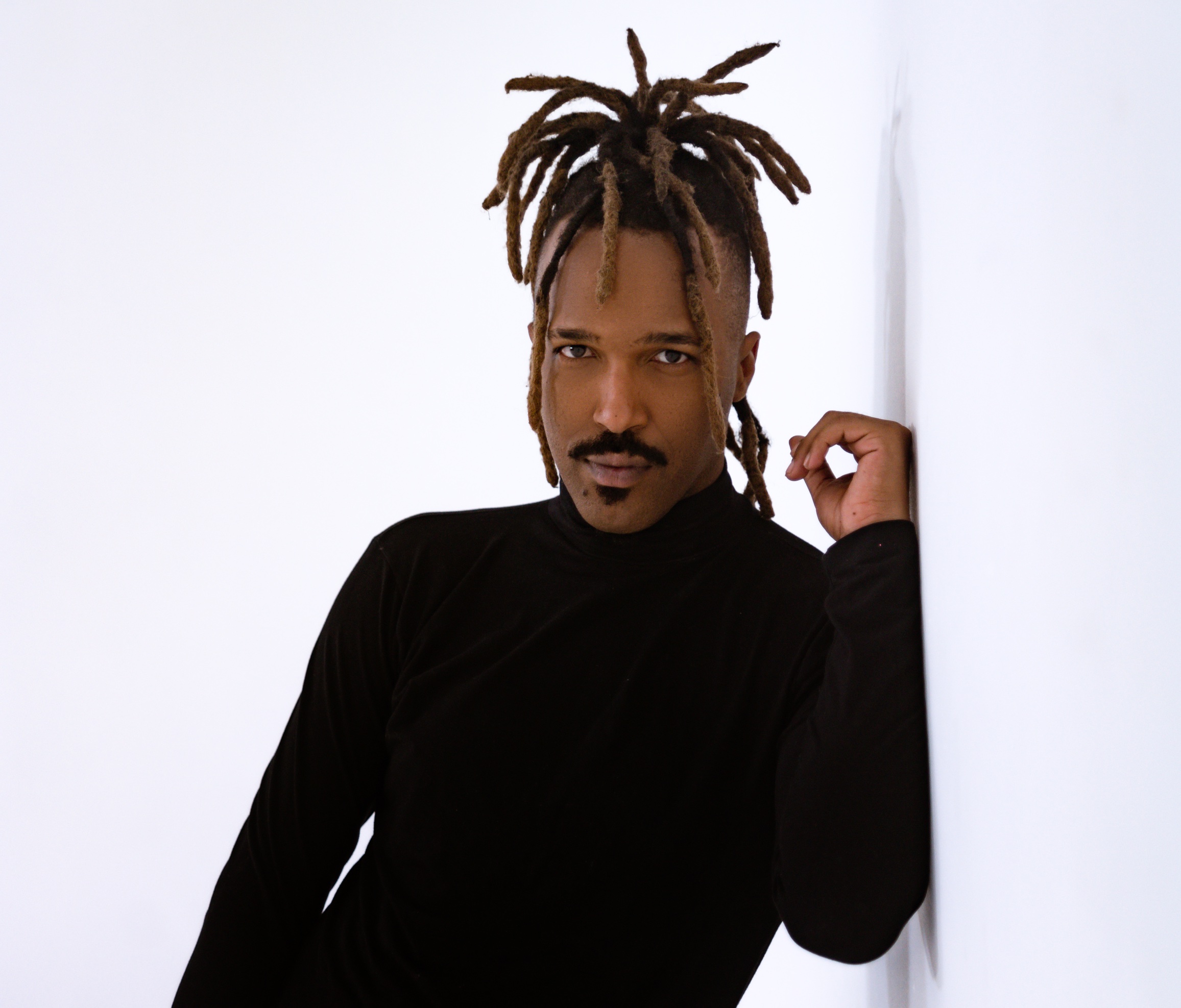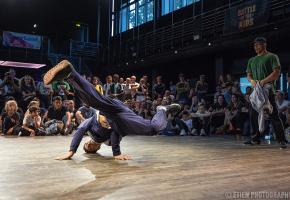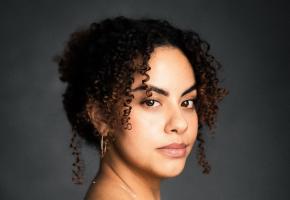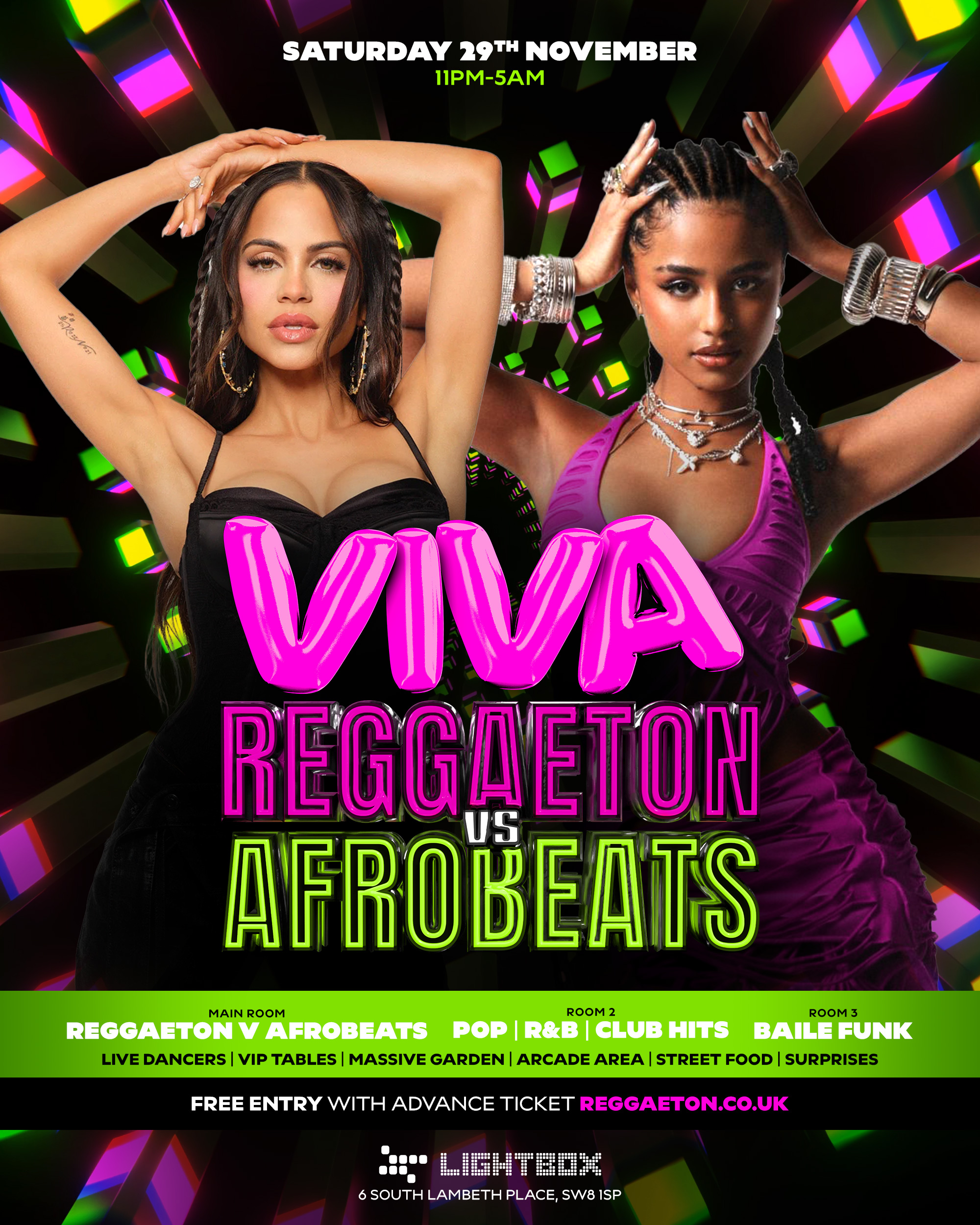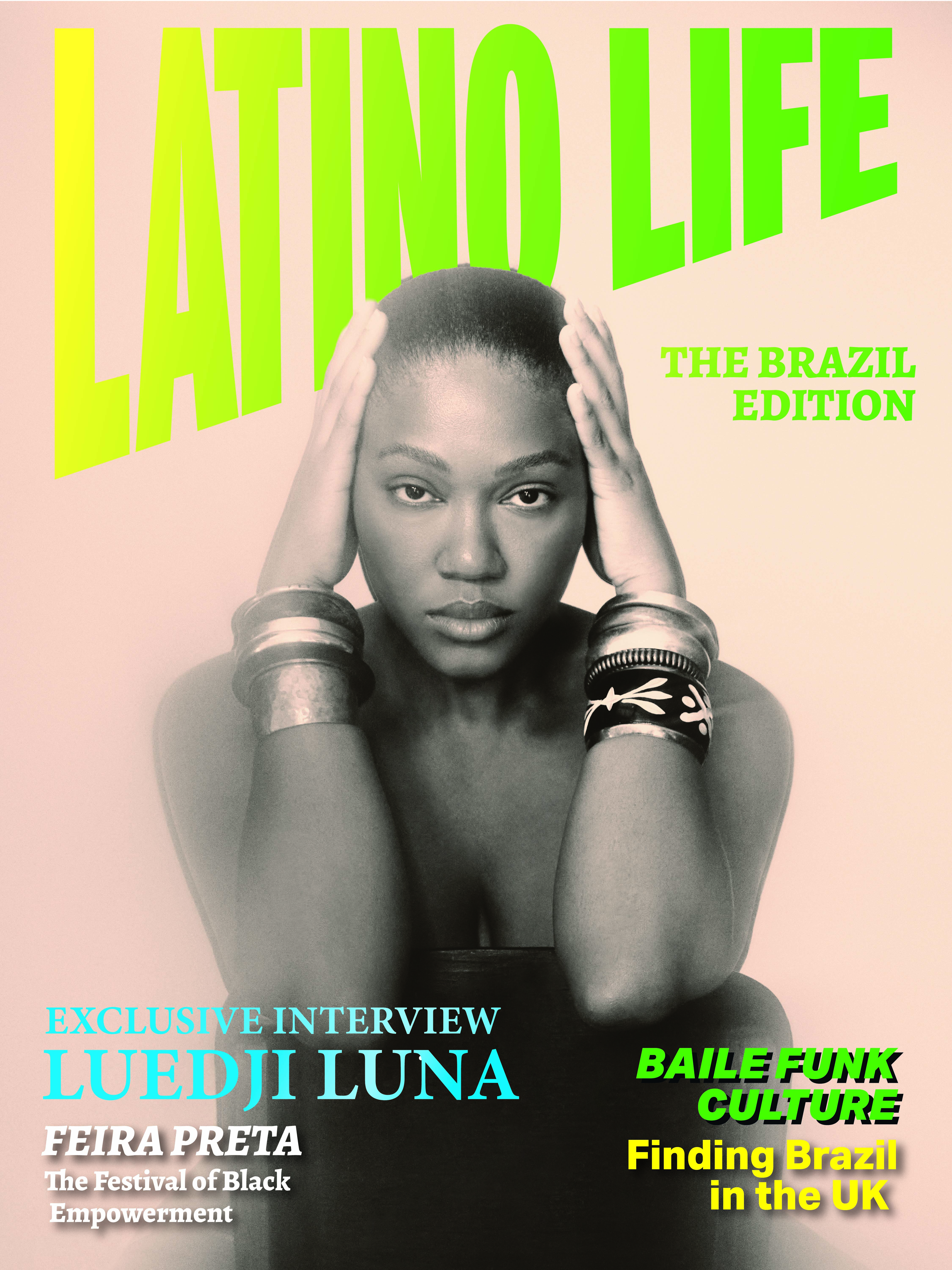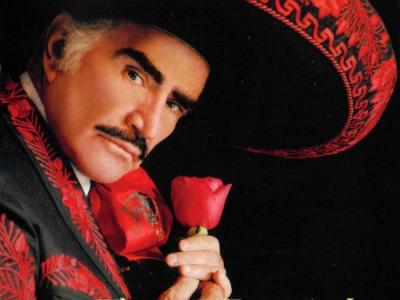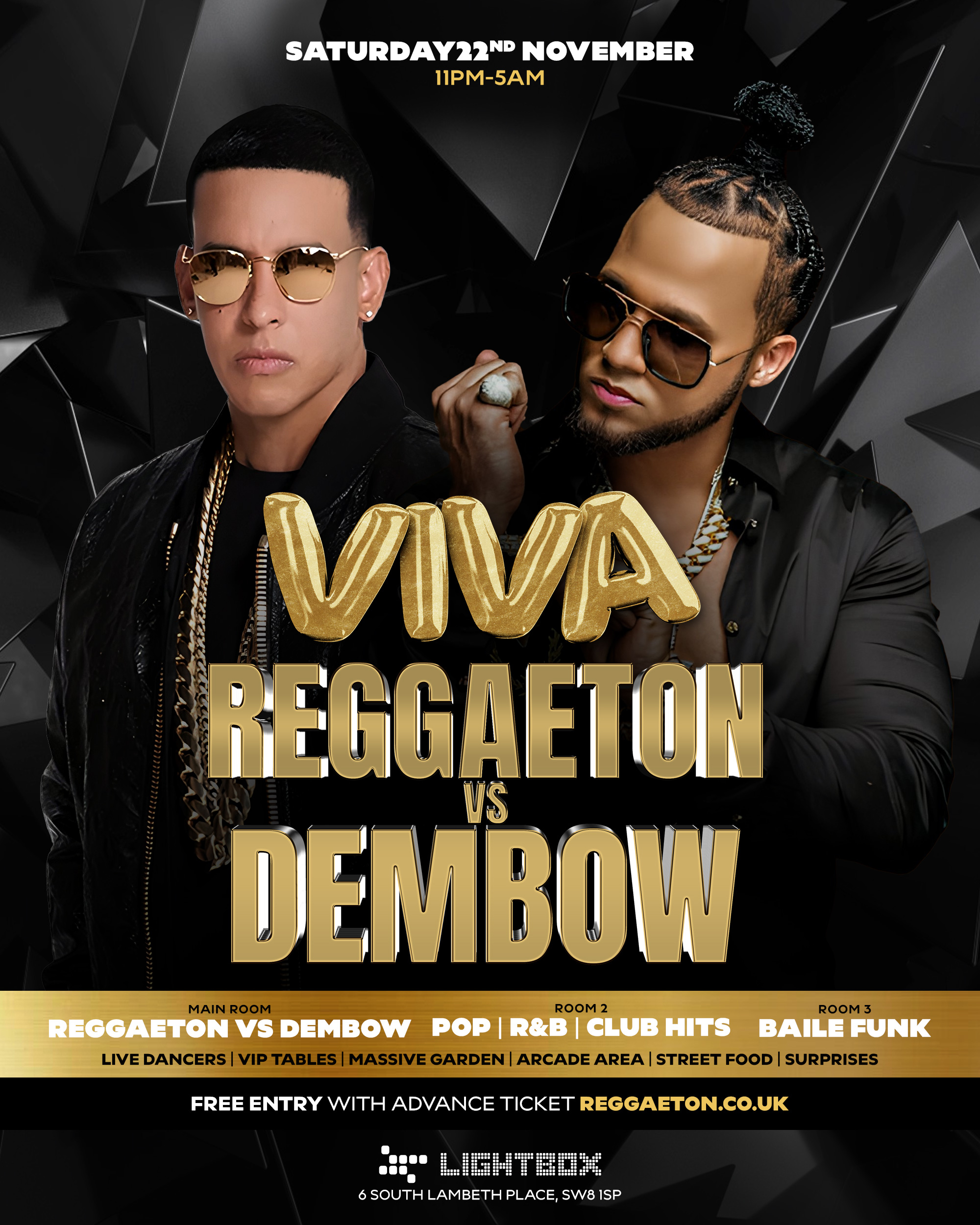I always loved to dance, to act. As a child I was fascinated by TV and the movies and learned how to dance all the popular dance crazes of the time, like É o Tchan. As a teenager, I looked for a studio with dance and theatre classes and then I started taking ballet. I graduated as a dancer and began to work and earn money from it—traveling abroad, working on TV and with artists. Through this, I discovered a talent for directing and choreographing.
Theatre helped me a lot. There, I realized I had good ideas; I invented scripts, scenes and I saw that was what I wanted for my life. Later, I graduated from a professional school for ballet and jazz, and at the same school, I became a teacher and director for many years.
There weren't many successful Black choreographers in Brazil when I was growing up. Most were white: Daniela Marcondes, Caio Nunes, Regina Miranda, Washington Cardoso, Alice Arja, Kátia Bardos, Vânia Reis, and others. I was in awe of everything they did. Later, I started to turn my attention to the great American choreographers—the choreographers for Beyoncé, Cardi B, Britney Spears and Madonna.
I love being Brazilian; we are different from the entire world. Brazilian dance culture is an explosion of colours, rhythms, and energy. Samba, forró, frevo... each of these dances has its own vibe and history. Brazilian dance inspires me through its diversity and the contagious joy it transmits. It's as if every movement is a celebration of life!
Politically, dance can be a powerful tool. In Brazil, samba and funk aren't just dances—they are cultural manifestations that carry histories, struggles, and triumphs. It's a way to give voice and visibility to marginalised groups, to question structures, and to promote social change.
The important thing when taking funk and samba to international stages is to maintain the essence and authenticity of these cultural manifestations. I always try to deliver the best we have to offer, without losing our originality.
The biggest challenges for Brazilian dancers abroad is dealing with cultural and artistic differences, in addition to overcoming language and financial barriers. Many dancers face difficulties finding work and recognition in other countries, especially if they don't have a network or international experience.There are several scholarship opportunities and programs that can help …like Erasmus Mundus, which offers scholarships for master's degrees in dance in Europe, and the Fulbright Program, which offers scholarships for Brazilians to study in the USA.

Brazilian artists have contributed to the international dance scene, like Deborah Colker, who was the first woman and Latin American to direct a Cirque du Soleil show, and Ingrid Silva, who is one of the first Black ballerinas to perform with the Dance Theatre of Harlem.
Tradition is constantly evolving. So, while respecting the past, it's possible to create something new and original that reflects current reality. Samba is a global symbol of Brazilian culture, but it's important to preserve its authenticity and essence, ensuring that globalization does not distort it.
The advice I’d give Brazilians abroad is don't lose your connection with Brazilian culture. Always seek to learn more about your origins and share them with others. Don't try to mold yourself to what you think others want to see. Be true in your art and expression.
Being in the diaspora can be a challenge, but it's also a chance to learn and grow. Seek out training opportunities, performances, and collaborations. Find other Brazilian dancers and artists in the diaspora and form a support network. This can help keep the culture alive and create new opportunities.


